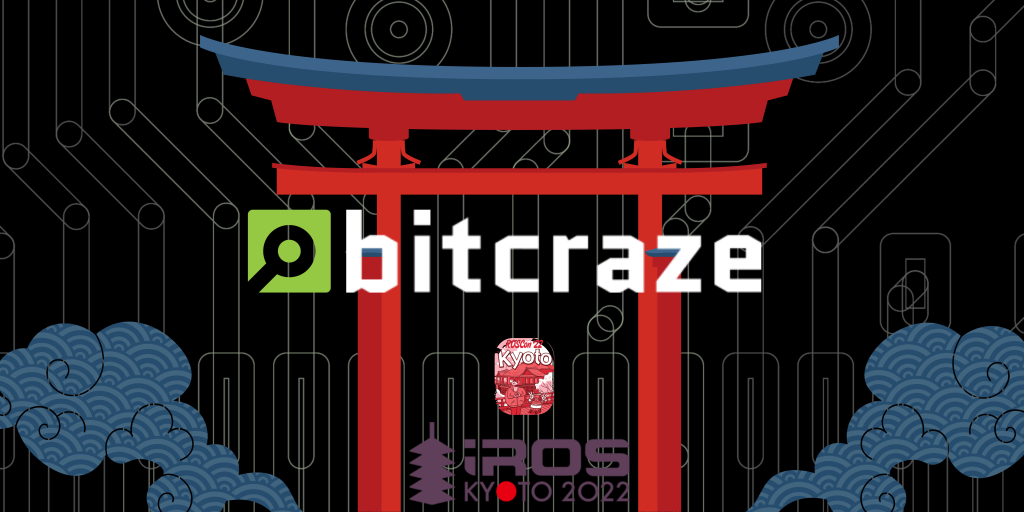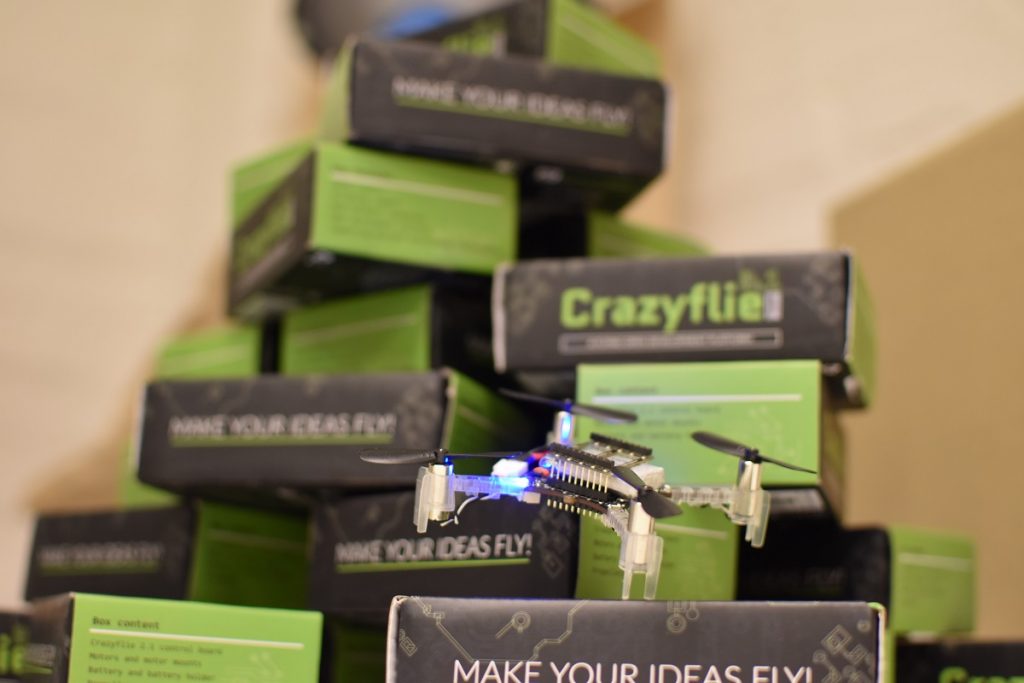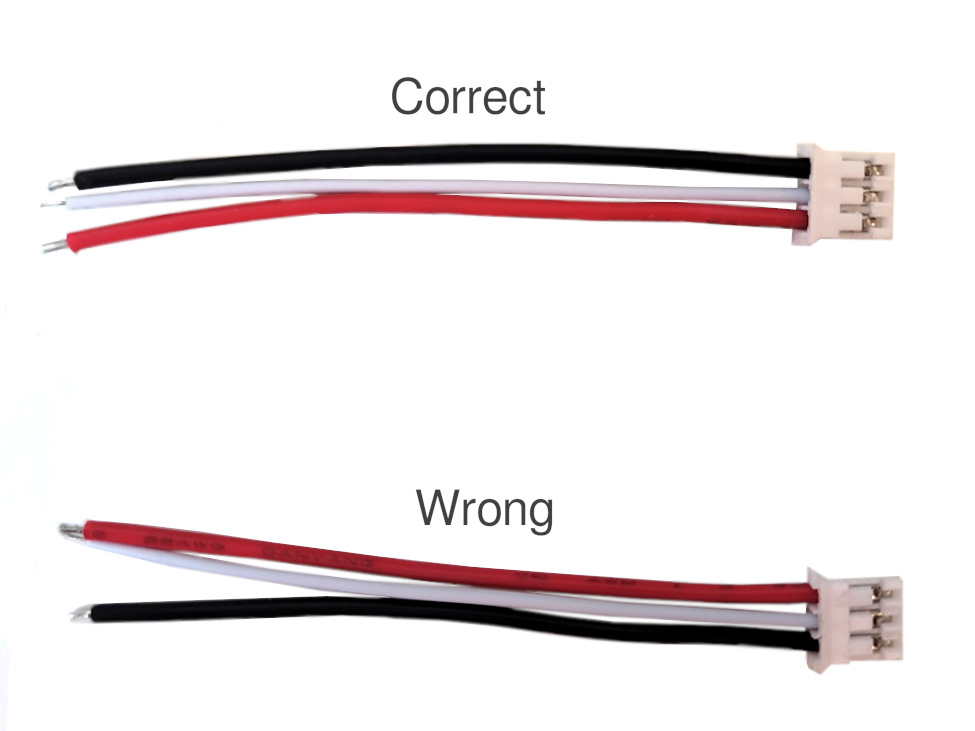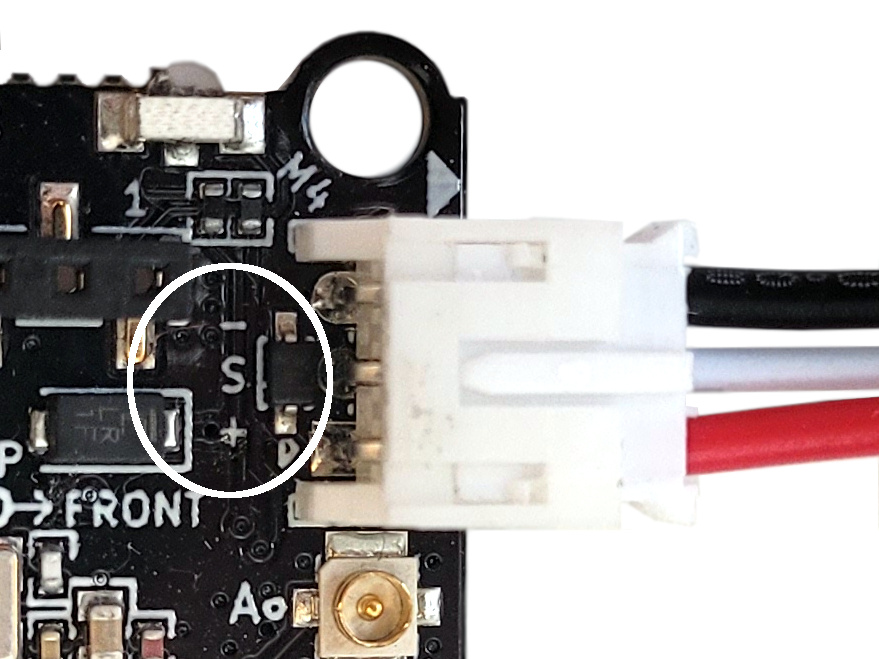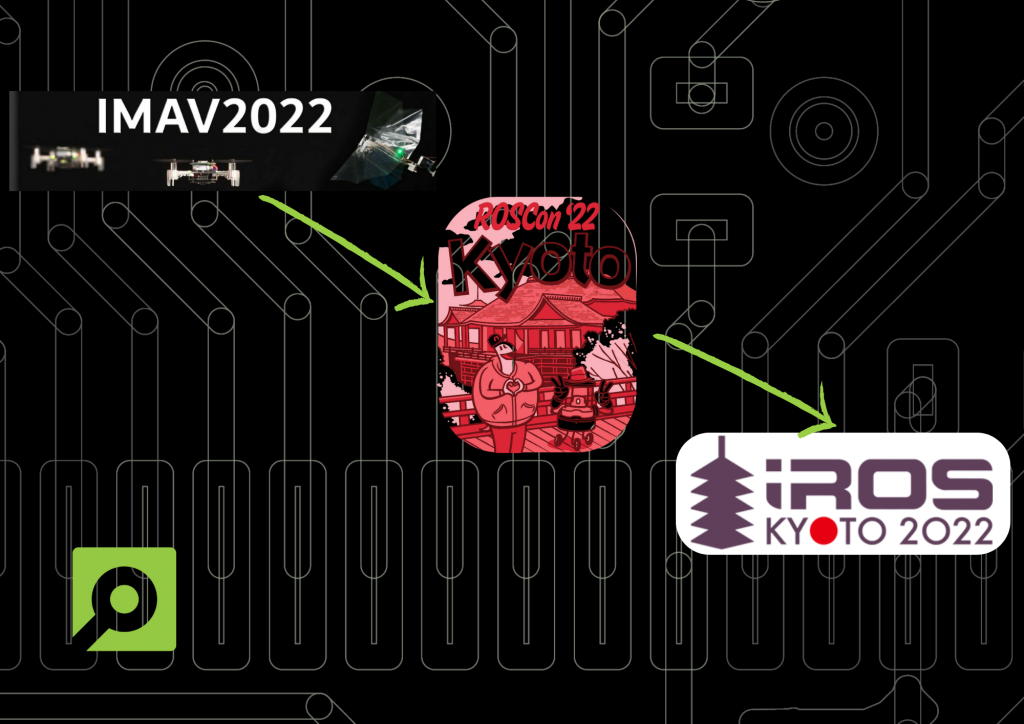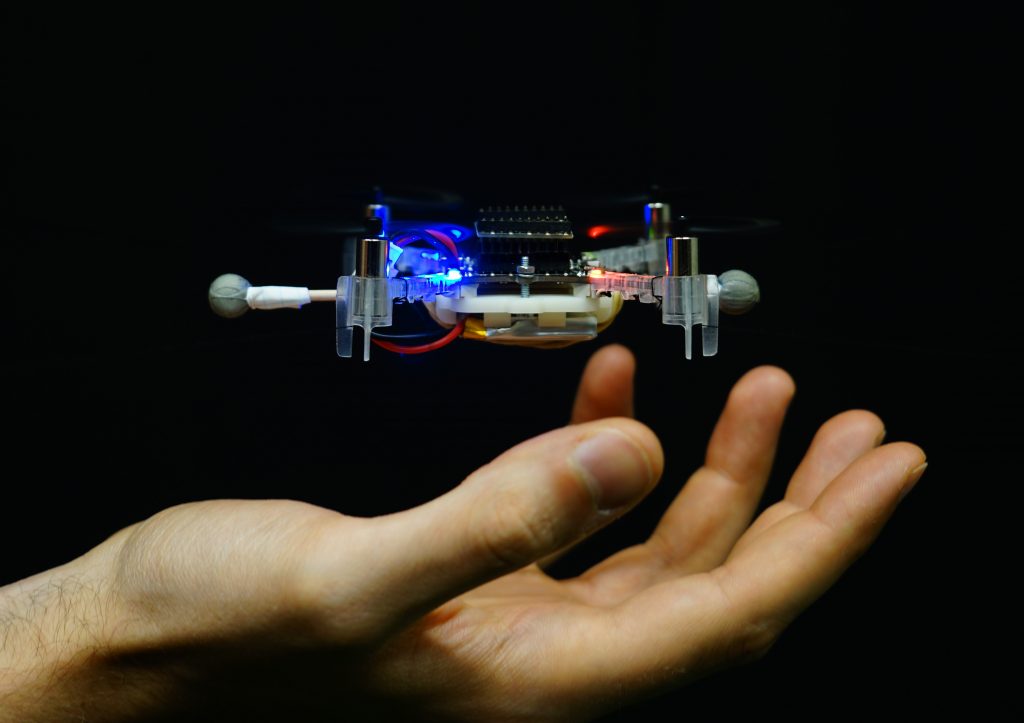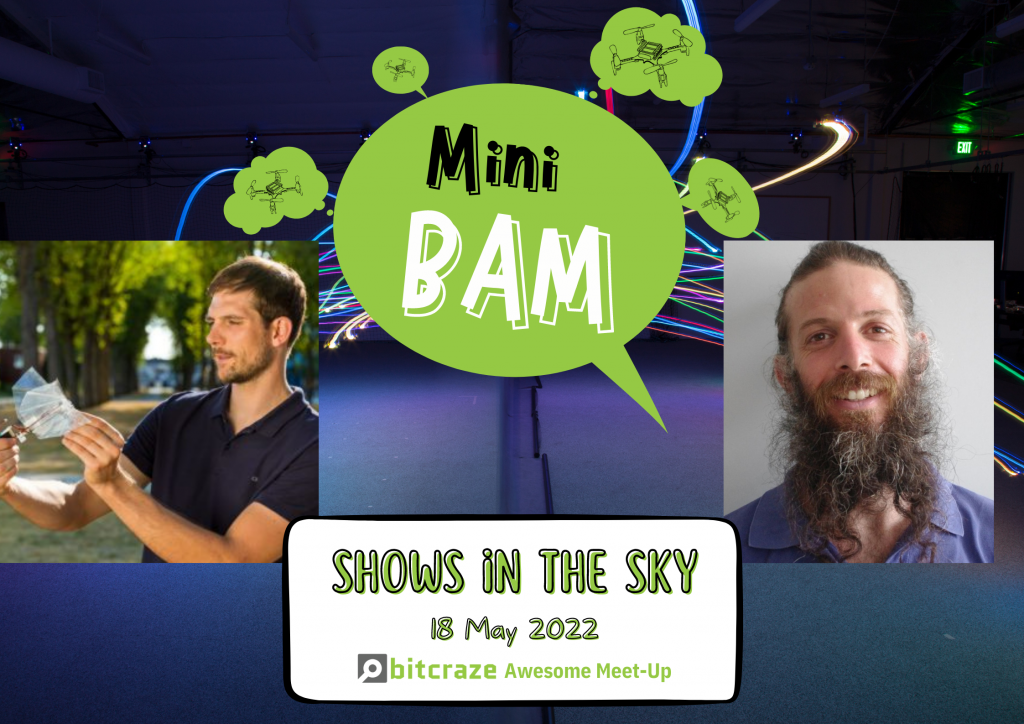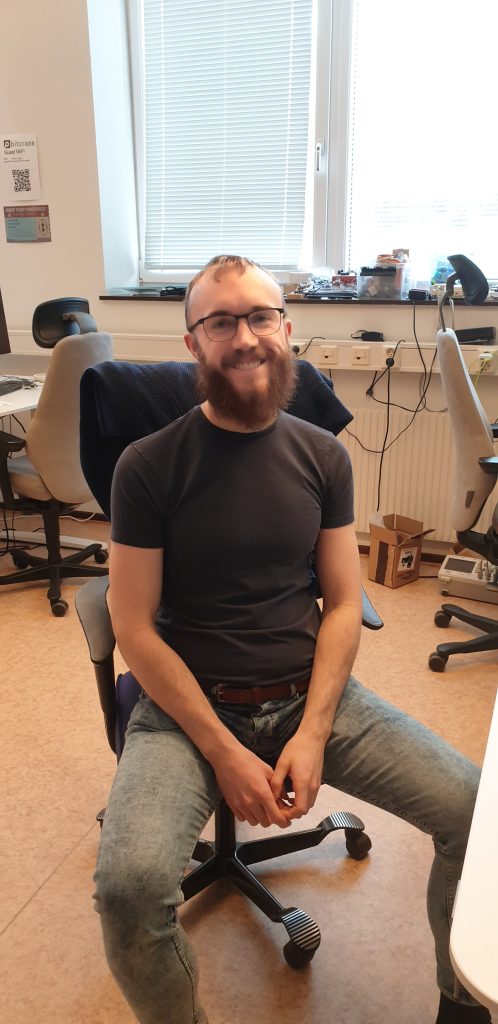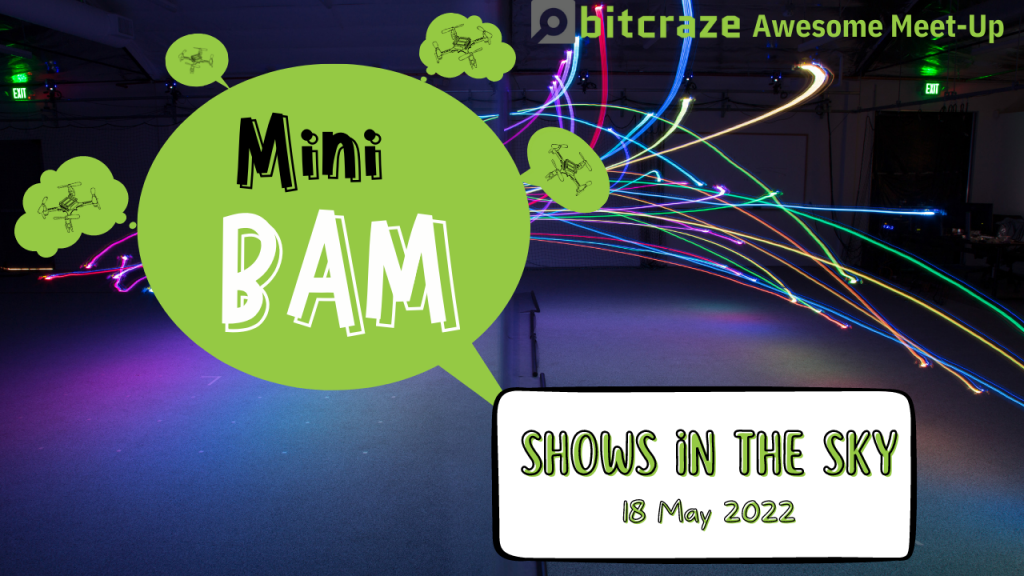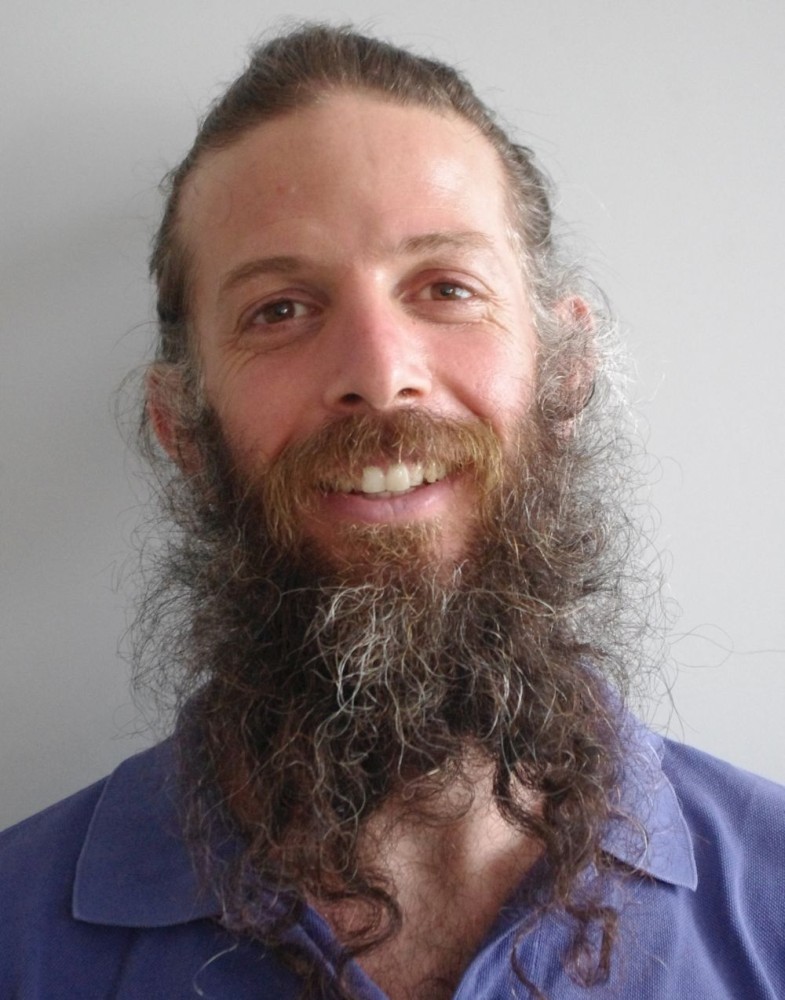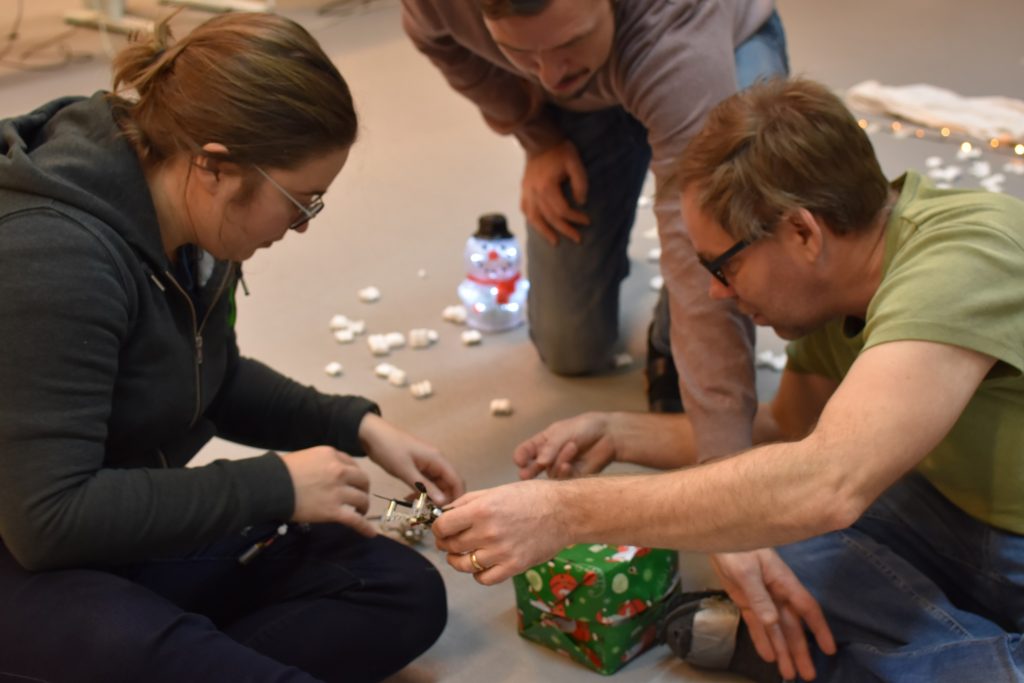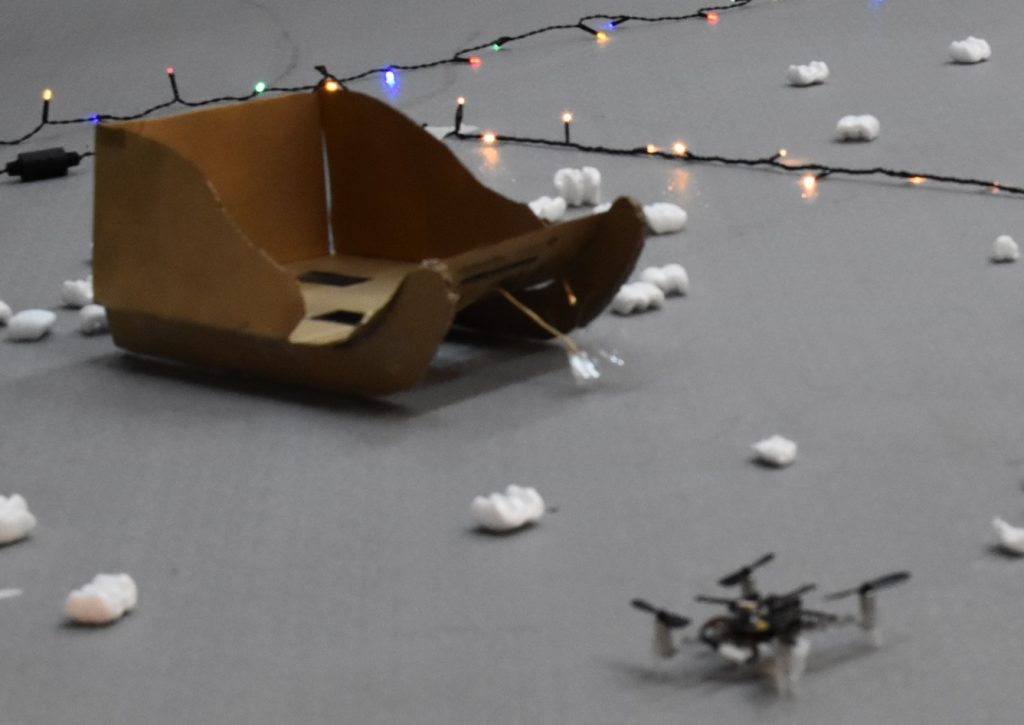Santa is soon to be knocking on the door, hopefully with one or two exciting toys (with blinking LEDs) for us geeky people! There will not be a Christmas video in the Bitcraze gift this year, instead we’re wrapping up a new release that we hope will add to the Christmas fun!
We have been working on a secret project though and there might be a video for next week’s blog post showing what we have been up to…

The 2022.12 release
We are happy to announce that a new official release is out, 2022.12! We have mainly fixed bugs and stability issues but also added some new features, please see details below.
Crazyflie STM firmware (2022.12)
One of the main events in this release is that the Flapper Nimble+ has got official support with the flapper platform, it can now be flashed through the client like any other member of the Crazyflie family. A new controller, based on work by Brescianini has been added. The Kalman estimator and Lighthouse system have been tweaked to work better with the increased data volumes generated with 2+ base stations. Some improvements for brushless motors have been added. Finally there have been some general bug and stability fixes, including improvements for flashing of the AI-deck.
Please see the release notes for a list of all changes.
Crazyflie NRF firmware (2022.12)
The NRF firmware release mainly contains changes to support the new STM firmware.
Please see the release notes for a list of all changes.
Crazyflie lib python (0.1.21)
A blocking method has been added to upload trajectories to the high level commander, the various Uploader classes in the examples are not needed anymore. Stability and bug fixes related to deck flashing.
Please see the release notes for a list of all changes.
Crazyflie python Client (2022.12)
A button has been added in the console log tab to get statistics about persistent storage in the Crazyflie. The final traces of Windows and Mac builds have been cleaned out and some stability and bug fixes have been applied.
Please see the release notes for a list of all changes.
